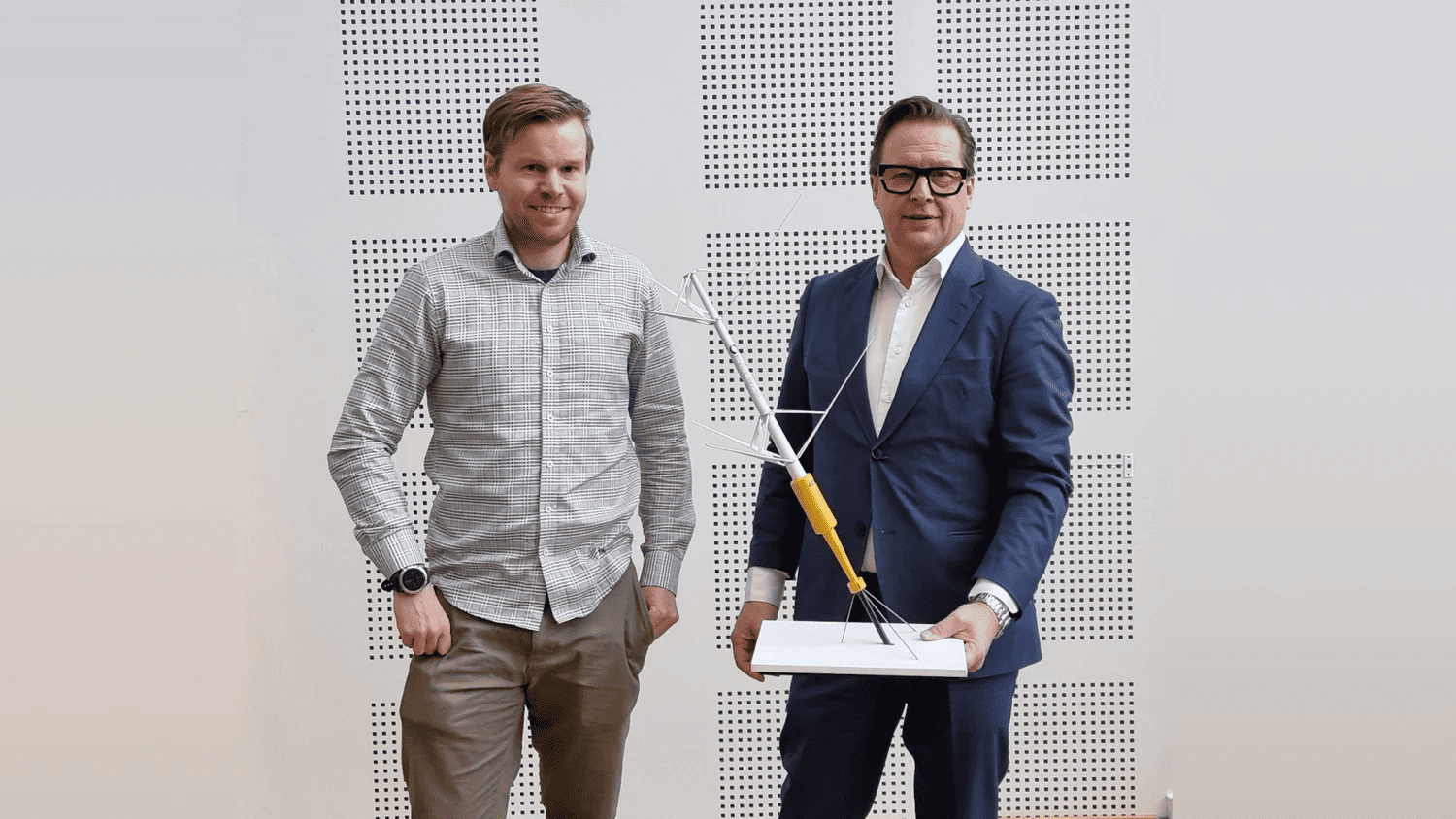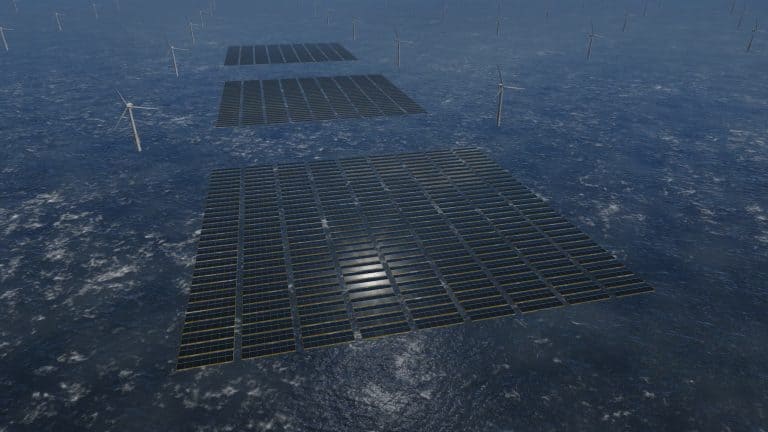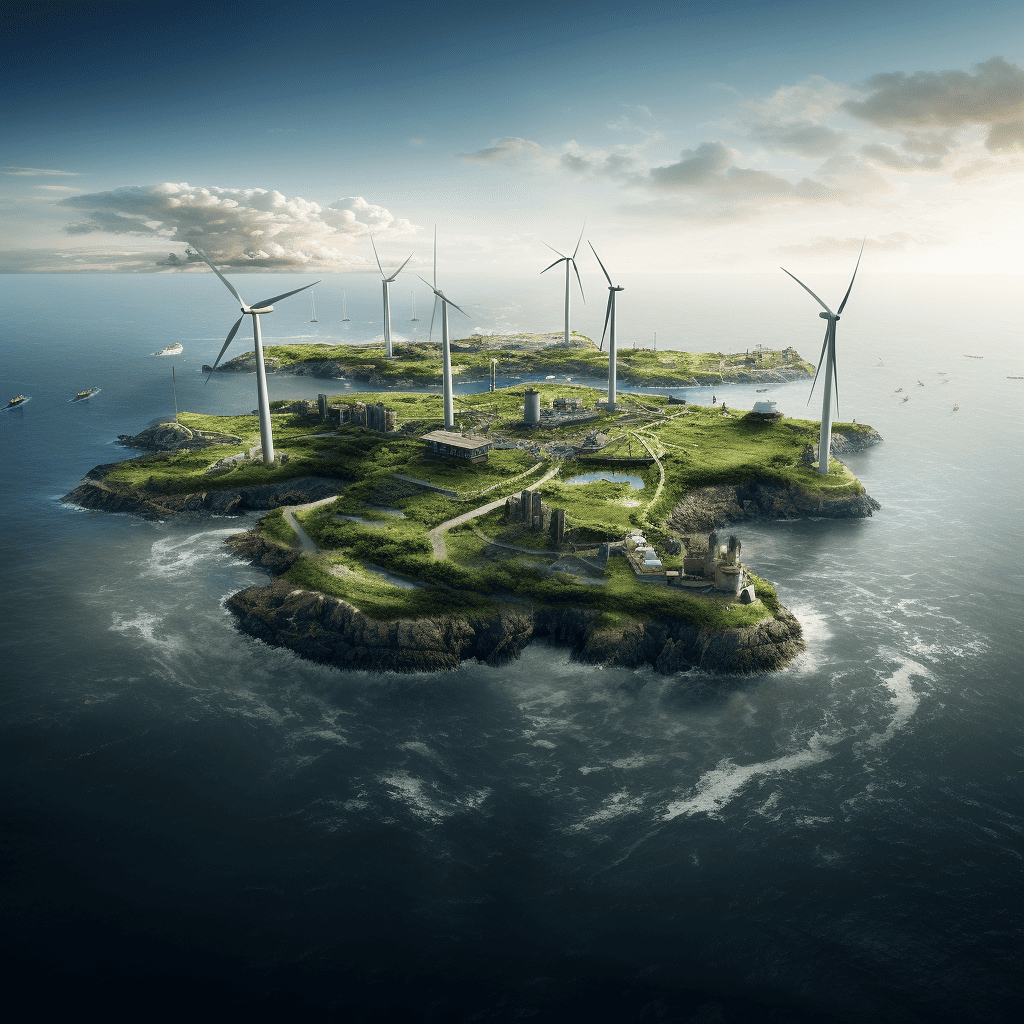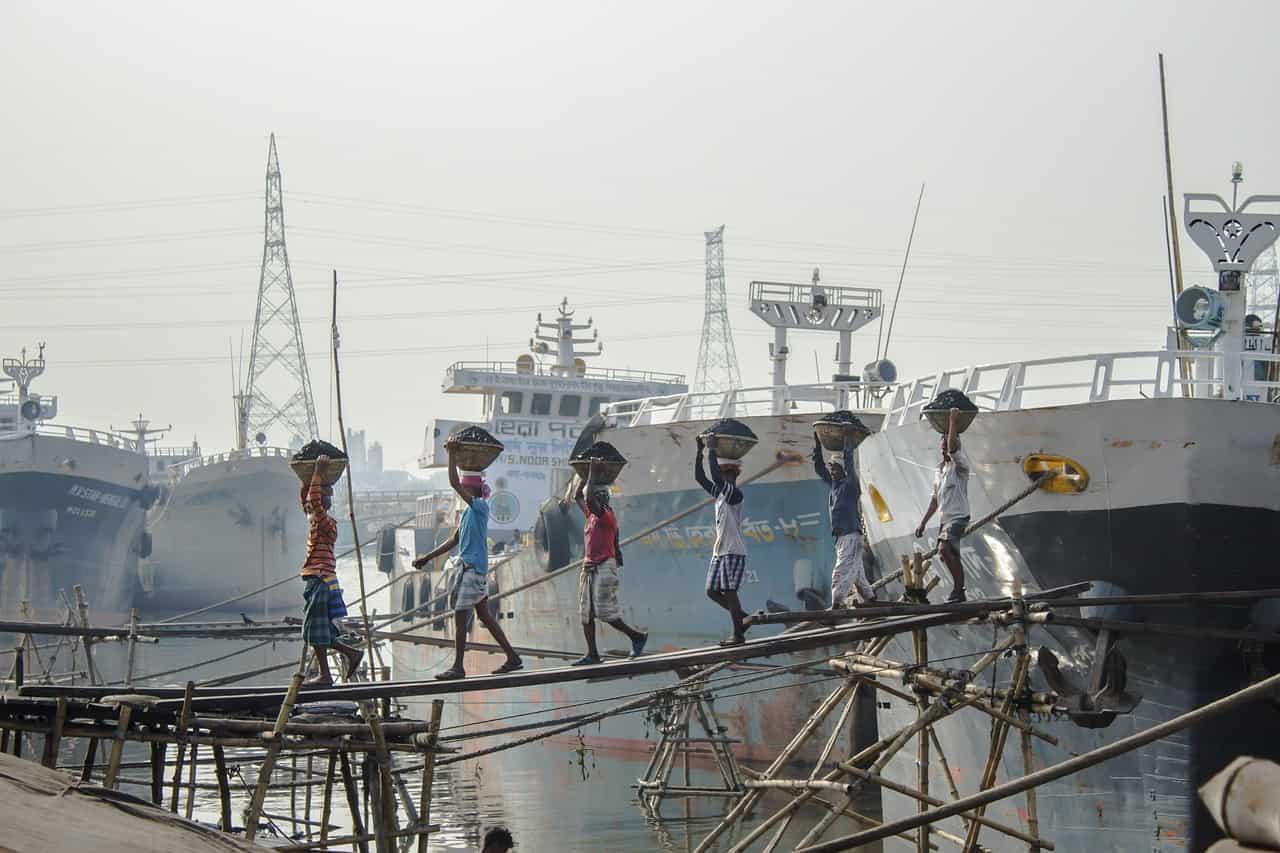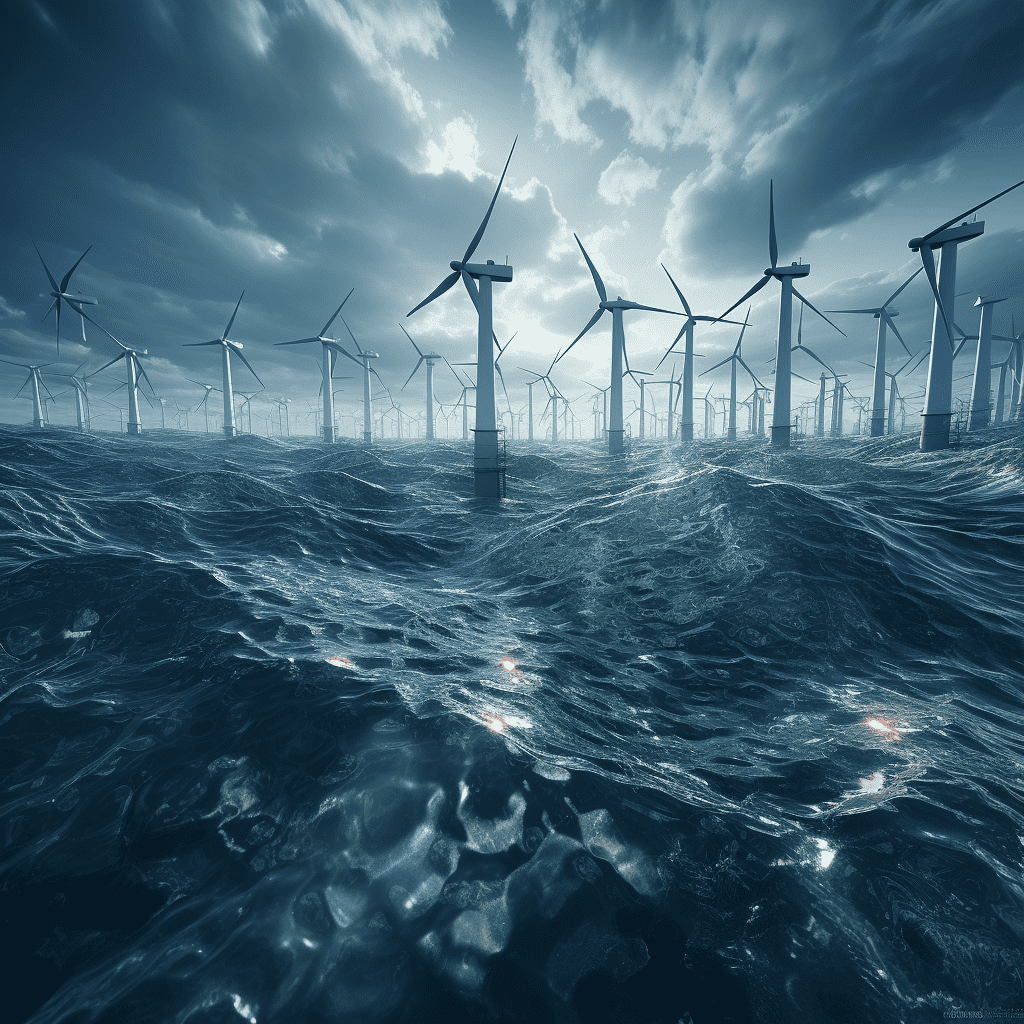
Cost-competitive, abundant, and renewable: adjectives that perfectly describe wind power. It is one of the drivers of the wider societal green energy transition, but its potential is far from being completely tapped, especially concerning offshore wind farms. When seawater becomes too deep, the conventional monopile structures supporting the turbines are not an option anymore. However, most of the wind potential sits in the middle of the oceans, where the strongest currents blow, but the waters are deeper.
- Floating wind turbines can tap wind energy’s full potential.
- They can be installed in the deepest waters, where the wind blows stronger.
- However, more research needs to be done, and the costs are still high.
That is when floating wind turbines come in. This technology allows the installation of wind farms further away from the coast, where they do not take any hectare of usable land while enjoying stronger currents. You are probably asking yourself how they manage not to sink; good point. Before delving into the specifics of these turbines, we need to understand the basics of floating.
How do objects float?
Objects like balls, inflatables, or empty bottles float on the water’s surface because they are less dense than water. They all feature hollow spaces with a lot of air, less dense than water. You might be wondering how huge manage not to sink. Although there are plenty of hollow spaces inside them, shape plays a huge part, too. When more of the surface of an object – its external part – is touching water, it is more buoyant or able to float better. When a body floats on the water, it pushes the water out of the way – what Archimedes theorized as displacement theory. In turn, water pushes back. The larger the body on the water, the bigger the amount of water it displaces, helping it to float, also facilitated by the hull’s shape.
These simple notions are the starting point for designing bigger objects like wind turbines.
How can wind turbines float?
While their actual functioning does not differ from any other wind turbine – wind pushes on the blades, causing them to turn, then driving a generator that produces electricity – the magic happens at their feet. Instead of embedding a tower into the ground, floating wind farms sit on a platform with mooring lines, such as chains and ropes. What makes the trick is designing an efficient platform that provides turbine stability even in the most severe wind and storm events. The produced electricity is transported via cables to a nearby substation, which increases the voltage and then sends energy to the coast.
The turbines are installed onto floating offshore wind platforms (FWOP), which, made of concrete, steel, or a hybrid of the two, provide buoyancy and stability. FWOPs are then anchored and moored to the seabed using a system of steel cables and anchors that distribute the wind turbine’s weight, ensuring that the generator stays stable during the harshest conditions. Different kinds of floating platforms exist to accommodate various scenarios.
Choosing the best platform
Choosing one kind of platform over another depends on several factors. The sea and on the seabed first and foremost, then the wind in the area, the turbine’s size, and the harbors’ depth. Therefore, some platforms resemble the concepts behind boats, boasting heave plates; others are semi-submersible – mimicking the behavior of a sphere –and others place weight at the lowest possible point to improve stability. A more complicated yet innovative concept is the tensioned leg platform. This idea minimizes the space occupied by the platform on the sea surface, having a star geometry with arms attached to the seabed with cables like the other platforms have.
Floating platforms can support wind turbines able to produce up to ten megawatts of power. This is comparable to conventional offshore generators but several times more than onshore ones.
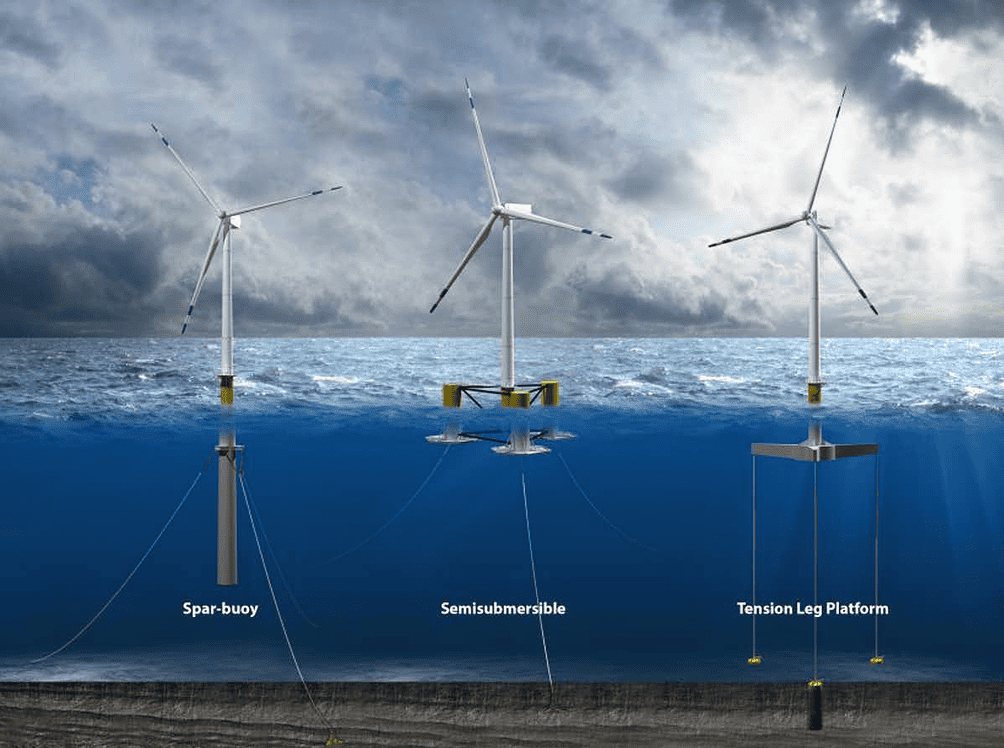
The pros of floating wind turbines
As opposed to fixed structures, floating wind turbines open up new opportunities and possibilities. The fact that turbines can be exposed to stronger currents means that rotors can produce more power and be more efficient over time, exploiting more wind than in onshore or conventional offshore solutions. Furthermore, they have a lower environmental impact, as they do not need massive concrete foundations on the ground or seabed to operate.
Besides, their visual impact is minimal, as they are located many kilometers away from the coast. Given their higher efficiency compared to onshore generators, there might not be any need to install onshore turbines in the long run. Another significant advantage is that floating turbines can be assembled in port and towed to the wind farm location. However, all pros come with cons, too.
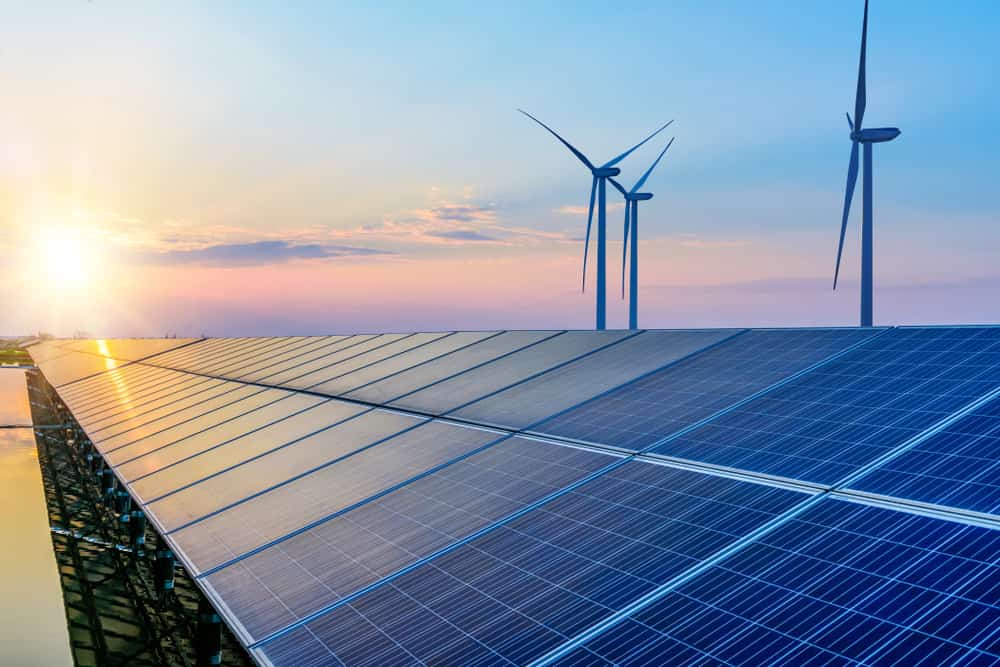
Challenges to overcome
First and foremost, the technical challenges are the ones to solve. Although several platform designs exist, further research must be done into forces acting on the platforms. Their motion can cause heavier forces on the tower and the blades, with more aerodynamic factors to take into account.
As the technology becomes commercially available, costs are another point to address. Since they operate in deep water, hundreds of meters of mooring lines and electrical cabling require considerable upfront investments.
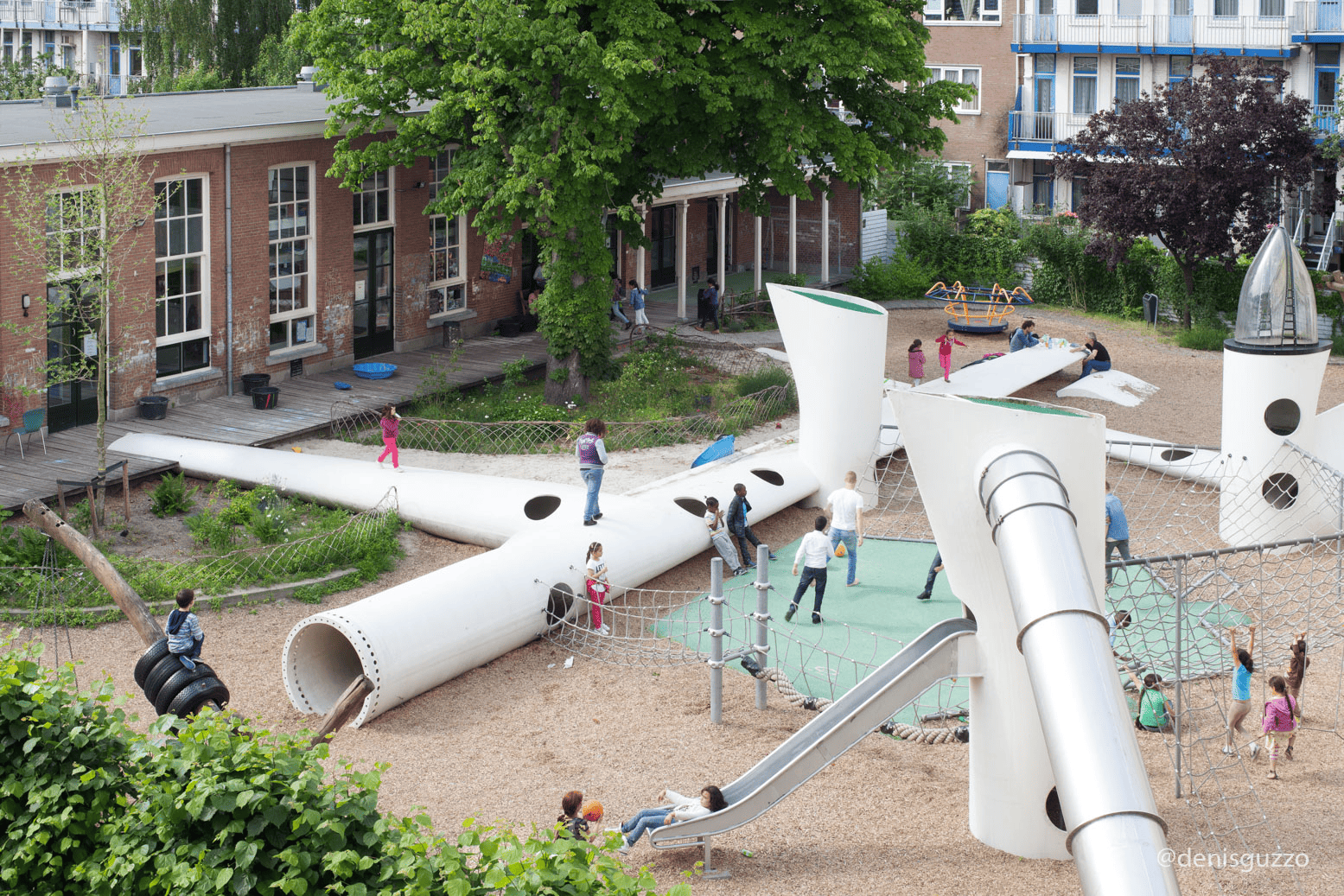
Ongoing projects
Although having a great wind power potential, the Northern California continental shelf drops off quickly, making installing conventional offshore turbines nearly impossible. Therefore, the federal government auctioned five lease areas 20 miles off its coast, receiving bids worth over $757 million. The need for clean energy is felt there, as recurrent droughts are reducing hydroelectric output.
Iberdrola – a Spanish energy company – is working on the first Spanish wind floating park. The utility firm said it would invest a billion euros into the venture, expecting to start operating it by 2026. Currently, the company is exploring different location options for the park.
With more research and engineering needed, floating offshore wind is on its way to be one of the ways to power our society in a green way.



